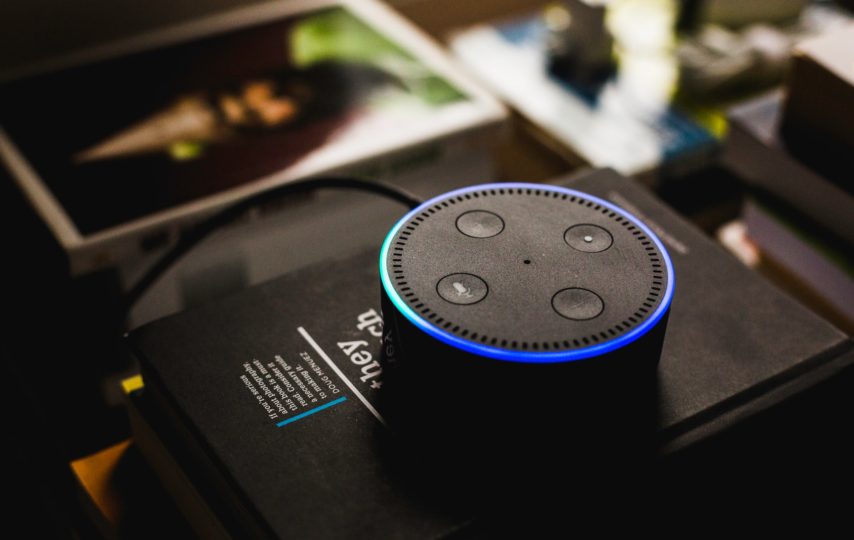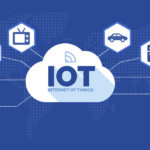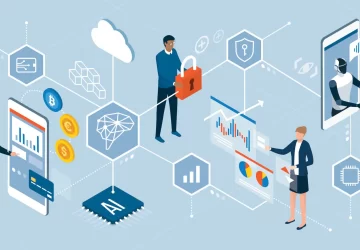Data reveals that companies are heavily investing in the Internet of Things (IoT) technology. Industrial and enterprise giant GE will spend more than $1 billion on developing wireless devices and sensors for its aircraft engines and other machinery. Also, automotive giants like Toyota and Ford have announced massive investments in IoT to increase their productivity.
But the real question is not about who is investing? It’s about whether you are investing or not. Research has shown that the future belongs to companies that will make use of IoT devices as they will be efficient in measuring how products are performing for customers. So whether you are technologically savvy or a high roller, your existence will depend on whether you are able to make the right move today.
There is no doubt that companies eventually realize how their products are performing in the market. CRM software enables them to log customer complaints. And social media tools allow them to monitor the consumer’s response. But often, they get to know about it when the customer has already found a new supplier.
Consider the following example. A person (Meena) purchases a washing machine, and one day, it suddenly breaks down. Meena calls the manufacturer and discusses the problem, who walks her through a troubleshooting routine, but nothing happens. Finally, the rep tells her that the company shall send a diagnostic tool in a week.
Meena, who lives alone away from her home, has to take extra time to wash her clothes every day. Thus, she decides to buy a new washing machine from another supplier. Had the previous supplier installed a wireless sensor on its washing machines that would have sent real-time reports, the manufacturer would have dispatched the diagnostic tool before the machine broke down. Unfortunately, the company will lose Meena and a big part of the revenue that follows the machine: the money from its washing powders.
But beware. Installing IoT technologies does not provide ready-made solutions to all problems. For delivering effective solutions, companies have to do much more. Here are 4 things companies should keep in mind to get the ultimate truth about their devices’ performance. Let’s study them one by one.
1. Customers should get something of value in return
It is of utmost importance that customers should get something of value in return when they purchase any product from your company. When they know that they are entering a profitable relationship, they will develop loyalty for your brand and not think of shifting to your competitors.
Take the example of HP. Back in 2013, it installed sensors on its printers that allowed the company to receive critical data. It permitted HP to start its instant ink initiative, where the company could monitor the ink level in the cartridges in real-time. The data allowed them to initiate automatic reorders before the customer would run out of ink. This strategy enabled HP to cut costs by 50% and save the customer’s time as they didn’t have to place orders themselves.
Similarly, IoT technology is playing a massive role in the medical industry. Today, doctors can receive real-time patient reports through the use of body sensors. Such devices record vital parameters like heart rate, breath rate, body temperature, etc. and send easily-downloadable reports on digital devices. Few highly specialized hospitals also provide the facility to conduct remote operations. Suppose a patient in India is suffering from a heart ailment and requires immediate bypass surgery. He wants to get treated by a world-renowned cardiologist who lives in Singapore. In such a case, the cardiologist staying in Singapore will be able to conduct the surgery through rigorously controlled IoT devices remotely.
Thus, IoT devices perform well on all the parameters that customers demand — excellent customer service, instant redressal of specific problems, and simplified usage.
2. Companies should be able to act on product performance data quickly
In the information age we live in, customers want excellent product performance at superfast speeds. This is only possible if companies invest in IoT technologies so that they receive constant and regular updates about their products.
Consider the same washing machine example that we discussed above. If the manufacturer had installed IoT sensors on the machine, the manufacturer would have received constant updates regarding the machine’s performance. The sensors would have also sent detailed reports about the parts that had a higher probability of becoming dysfunctional. Thus, the manufacturer would have taken speedy action and dispatched a replacement of the customer’s dysfunctional part beforehand. This step would have significantly uplifted the customer experience, and Meena would have spread good word-of-mouth among her peers.
There are many other uses of IoT sensors that are mentioned below.
a. IoT devices alert the support service team in case the customer is facing some problems. The support agents then arrange a one-to-one call with the customer to provide speedy redressal to their problems.
b. By linking IoT sensors with an ERP software, manufacturers can trigger automatic billing and dispatch of dysfunctional parts.
All in all, the manufacturer is not just selling his products. Instead, he enriches the customer experience by building an inclusive ecosystem where the customer is served from all the sides.
3. Building a transparent culture that accepts the truth as it is
A significant impediment in the way of implementing IoT on a massive scale is not technology but culture. Think of the following scenario. The project head has to explain the product’s market performance daily to the CEO, and the lead developer has to make technical changes in the product every week. Also, the support team has to tweak its troubleshooting algorithms for every new customer.
Corporate history gives us enough evidence that whenever companies undergo significant organizational changes, they find massive internal resistance. And this resistance primarily comes from the top management due to the following reasons:
- Absence of reward systems
- Loss of status
- A threat to job security
- An environment of doubt, suspicion, and distrust
- Fear of unknown
- Fear of failure
- Organizational Politics
- Flawed implementation approach
Thus, companies will have to bring a massive change in the way they operate. Everyone, especially the top management, should be encouraged to accept IoT with open arms and minds.
4. Companies need to upgrade their systems and reimagine the way their work
Companies must get ready for the IoT wave that is going to change the way industries operate. Until now, product performance tools have been used for monitoring expensive and critical products such as public elevators. P&G has been marketing electric toothbrushes for more than a decade. Retail stores have been using bio-sensors for effectively managing long ques. Auto insurers use sensors for tracking the way customers drive their cars and offer usage-based policies based on collected data. It’s high time that other industries bring relevant changes before new and agile companies sidestep them.
Takeaway
These are a few examples that show how companies are using the Internet of Things technology in their business. But in the coming days, IoT is going to disrupt many other industries as well. Industry leaders need to have a clear vision and lay down a well-thought strategy for their future. They should reflect upon the four challenges mentioned in this article and formulate policies that increase customer stickiness. Read the latest post at The Asian Posts.
Author:
Nishant likes to read and write on technologies that form the bedrock of modern-day and age like Web Apps, machine learning, data science, AI, and robotics. His expertise in content marketing has helped grow countless business opportunities. Nishant works for Sage Software Solutions Pvt. Ltd., a leading provider of CRM and ERP solutions to small and mid-sized businesses in India.








